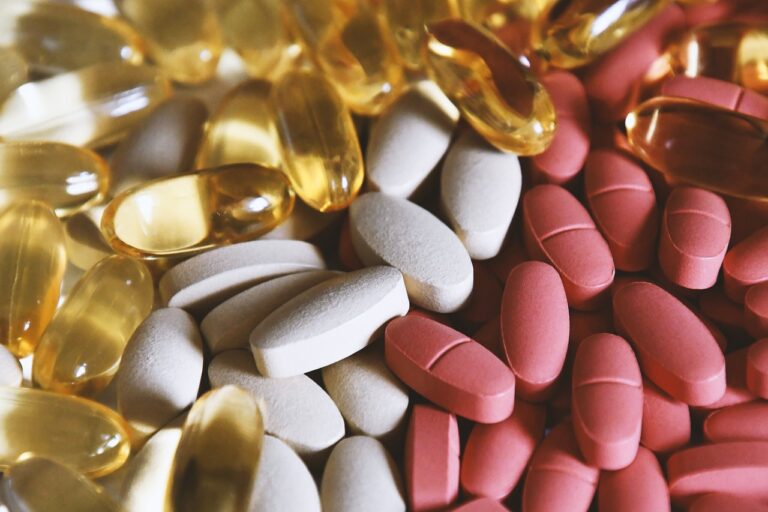Why is Breast Milk Sticky: Breast Milk Composition and Phase
Breast milk is sticky due to its unique blend of nutrients perfectly designed for newborns. Packed with proteins, fats, and carbohydrates, breast milk not only nourishes but also plays a key role in infant development.
Interestingly, breast milk goes through different stages, each vital for a baby’s health and immune system. These stages range from the nutrient-rich early milk to the more mature milk that follows, each stage crucial for a baby’s early life.
Skip To The Following Sections
Why is Breast Milk Sticky?
Scientists have been studying breast milk and its composition for quite some time, and there are still plenty of discoveries that can be made. But so far, it can be agreed that breast milk is nutritious for babies.
But what exactly is in breast milk? Human milk is a liquid, so it is no surprise that it consists of 87% water. However, the remaining 13% is where all the nutrients are stored. Breast milk is also composed of 1% protein, 4% lipid, and 7% carbohydrate.
Live cells, amino acids, hormones, and enzymes run through human milk. These nutrients help babies grow stronger, sleep better, and stay healthier.
A complex sugar called oligosaccharides is also found in breast milk. It feeds the good bacteria in your baby’s guts and prevents infections from happening in the bloodstream.
Other nutrients that can be found in human milk include vitamins and minerals, antibodies, long-chain fatty acids, growth factors, and microRNAs. These components help your baby’s systems to develop and function properly.
The long list of nutritional ingredients continues to grow as experts study and discover more about breast milk. The level of these ingredients fluctuates as time passes. Thus, your milk will change consistency, such as being sticky. The different phases of breast milk occur once your baby ages and have new needs.
What are the Phases of Breast Milk?
Breast milk production undergoes many changes and stages. The milk you produce at the start of your pregnancy will have a different texture and nutritional makeup once your baby has grown significantly. At the beginning of your breastfeeding journey, you first create colostrum.
Colostrum
Before there is breast milk, there is colostrum. Mammals like humans and cows produce colostrum, which is rich in infection-fighting proteins called antibodies. Colostrum is thick, sticky, and yellow-orange in color, and it is sometimes referred to as liquid gold.
Colostrum has two times the protein and four times the zinc compared to breast milk. It is also low in fat and sugar and easier to digest. Colostrum is a crucial source of nutrients that breastfeeding babies must have since it can fight off diseases and infections that can happen at the beginning of life.
Transitional Milk
Your breast will eventually stop producing colostrum. Some moms start creating transitional breast milk two to five days after giving birth, while others take 10 to 14 days.
Transitional breast milk is creamier in texture and richer in fat, calories, and lactose. Your babies will still receive their dose of antibodies and live cell from breast milk.
You will notice your breast getting heavier and firmer during this stage. Your body produces plenty of breast milk to support your baby’s demands.
Mature Milk
The final phase of breast milk is the mature phase. This can occur as early as two weeks after your baby’s birth or as late as four weeks from delivery.
Mature milk contains many nutritious ingredients, including fat, sugar, and numerous bioactive components. You may notice that your milk has gone thinner during this phase. But what you are seeing is just the foremilk. But as you continue to feed your baby, your breast will begin to pump hindmilk, which is creamier and full of fat.
The switch from foremilk to hindmilk is a gradual transition. You will need both types of milk to supply your baby with valuable nutrition.
You will notice changes again in the breast. As your body adjusts to mature milk, your breast will appear smaller and softer.
Some mothers choose to exclusively breastfeed until six months, wherein they will slowly transition their baby to solid food. Others will continue breastfeeding until preschool. Breast milk will continue to be a nutritious option for babies. However, children will need solid food as they grow bigger since breast milk alone will not suffice for a toddler.
FAQ:
Will my breast milk stay nutritious after six months of breastfeeding?
Breast milk will stay nutritious for as long as your baby needs it. Many mothers combine breastfeeding with solid food and found no decrease in nutritional value.
How will I know if my breast milk has changed phases?
You should notice a change in the breast milk’s appearance when transitioning from different phases. Your breast will also feel different from phase to phase.
Does baby formula have the same composition as breast milk?
Baby formula is derived from cow’s milk, so it will have different nutritional values from breast milk. Objectively, breast milk has more nutrients than baby formula. Human milk is also easier to absorb.
Conclusion
Breast milk provides many nutrients for growing babies, and parents must give every ounce they can to their babies. Some parents might notice that their breast milk is stickier and creamier, whereas others have thinner and runnier milk. However, this change in milk consistency is a natural part of nursing.
Breast milk contains crucial nutrients that help babies grow strong and healthy. These nutrients are why breast milk has its milky appearance and texture. And as your baby transitions from colostrum to mature milk, so will their nutritional needs.
There is no doubt that breast milk is a safe and nutritious option for nursing babies. So if you ever wonder why your breast milk is sticky, think of it as all the healthy ingredients that help your baby grow strong and healthy.










